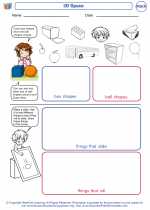Patterns in Kindergarten Math
In kindergarten math, children are introduced to the concept of patterns. A pattern is a sequence or arrangement of objects, numbers, or shapes that follow a rule. Recognizing and creating patterns is an important skill that helps children develop their logical thinking and problem-solving abilities.
Types of Patterns
There are several types of patterns that children learn to recognize and create:
- AB Patterns: In an AB pattern, two different elements alternate, such as red, blue, red, blue.
- AABB Patterns: In an AABB pattern, two elements repeat in pairs, such as circle, circle, square, square.
- ABC Patterns: In an ABC pattern, three different elements alternate, such as triangle, square, circle, triangle, square, circle.
Recognizing and Extending Patterns
Children are taught to recognize and extend patterns by identifying the core elements and predicting what comes next. This helps them develop their understanding of sequencing and the ability to make logical predictions based on a given pattern.
Creating Patterns
Once children are able to recognize patterns, they are encouraged to create their own patterns using various objects, shapes, or colors. This helps them develop their creativity and critical thinking skills.
Real-World Applications
Patterns are all around us, and understanding patterns is useful in everyday life. For example, recognizing patterns in nature, music, and language can help children develop a deeper understanding of the world around them.
Conclusion
Learning about patterns in kindergarten math is an important foundational skill that helps children develop their logical thinking, problem-solving, and creativity. By recognizing, extending, and creating patterns, children build a strong mathematical foundation that will serve them well in their future studies.
[Patterns] Related Worksheets and Study Guides:
.◂Math Worksheets and Study Guides Kindergarten. Shapes
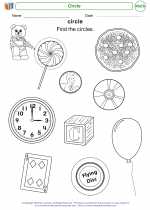
 Coloring Worksheet
Coloring Worksheet
 Coloring Worksheet
Coloring Worksheet
 Coloring Worksheet
Coloring Worksheet
 Coloring Worksheet
Coloring Worksheet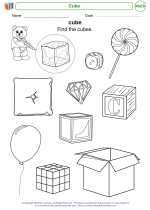
 Coloring Worksheet
Coloring Worksheet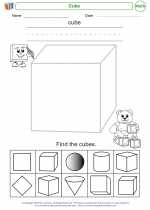
 Coloring Worksheet
Coloring Worksheet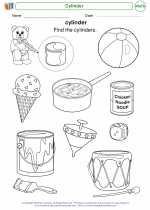
 Coloring Worksheet
Coloring Worksheet
 Coloring Worksheet
Coloring Worksheet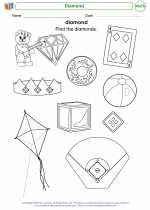
 Coloring Worksheet
Coloring Worksheet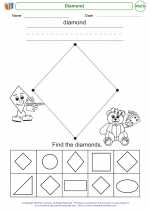
 Coloring Worksheet
Coloring Worksheet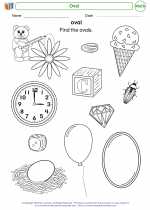
 Coloring Worksheet
Coloring Worksheet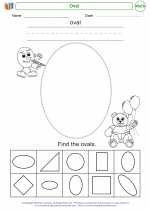
 Coloring Worksheet
Coloring Worksheet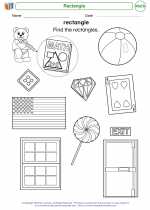
 Coloring Worksheet
Coloring Worksheet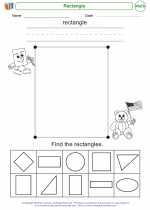
 Coloring Worksheet
Coloring Worksheet
 Coloring Worksheet
Coloring Worksheet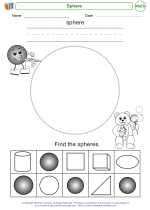
 Coloring Worksheet
Coloring Worksheet
 Coloring Worksheet
Coloring Worksheet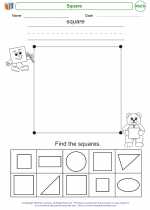
 Coloring Worksheet
Coloring Worksheet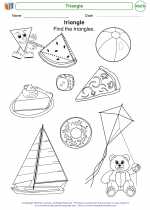
 Coloring Worksheet
Coloring Worksheet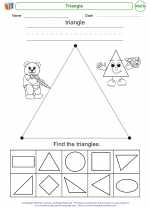
 Worksheet/Answer key
Worksheet/Answer key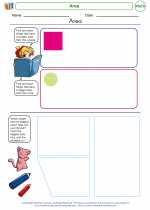
 Worksheet/Answer key
Worksheet/Answer key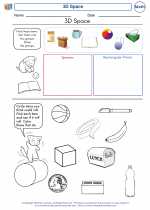
 Worksheet/Answer key
Worksheet/Answer key
 Worksheet/Answer key
Worksheet/Answer key